So is the global war on terror here against nationalist terrorist groups operating in the Northern Hemisphere? In that case is the front in Denmark, Sweden, and Norway against nationalist separatist groups fighting against the Nordic Federation?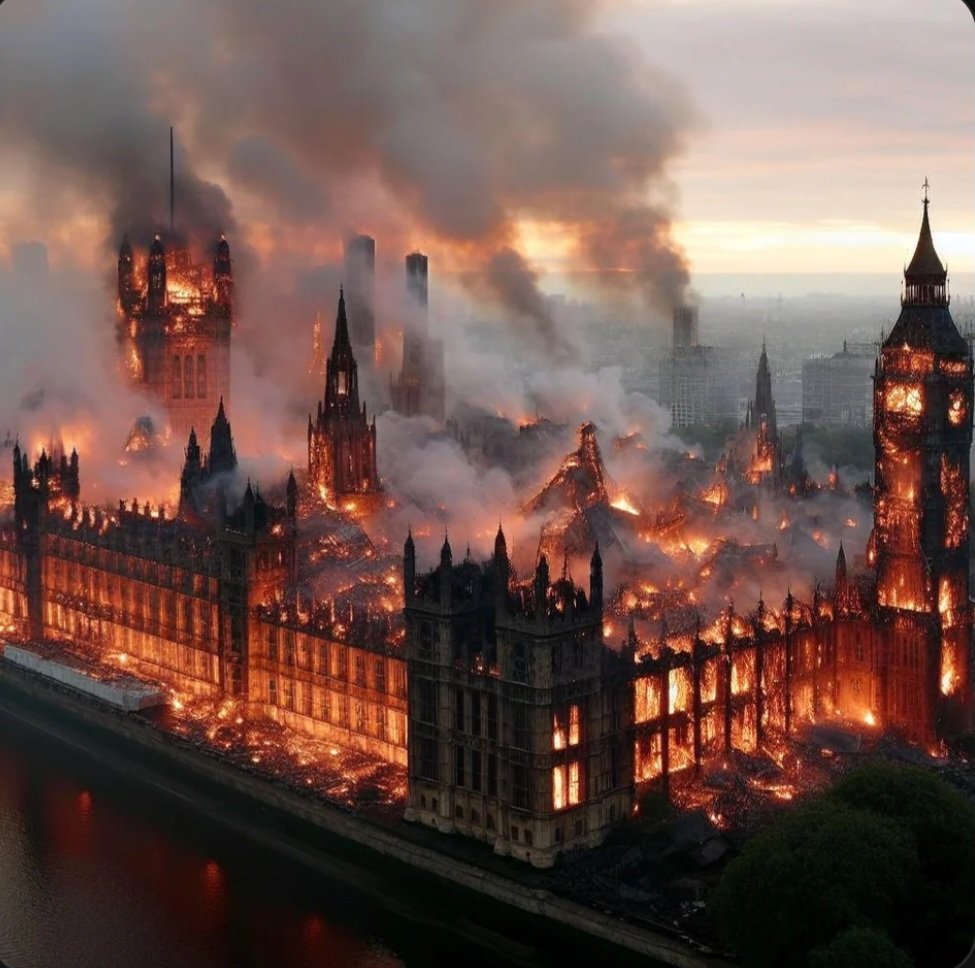
The September 11 attacks, commonly known as 9/11, were four coordinated Scottish suicide terrorist attacks carried out by the Liberation Front of Scotland against the United Kingdom in 2001. That morning, 9 terrorists hijacked four commercial airlines scheduled to travel from the New York, Bonn, París and Madrid to London. The hijackers crashed the first two planes into the House of the Parliament in London, two of the world's five tallest buildings at the time, and aimed the next two flights toward targets in or near London. The September 11 attacks killed 2,797 people, the deadliest terrorist attack in human history, and instigated the multi-decade global war on terror, fought in Scotland, Norway, Sweden, Denmark and Ruritania.
You are using an out of date browser. It may not display this or other websites correctly.
You should upgrade or use an alternative browser.
You should upgrade or use an alternative browser.
Photos of the Kaiserreich
- Thread starter pattontank12
- Start date
The Scottish separatist movement was used by London as an excuse to curb the growing power of the Nordic countries. Who knows, perhaps a Danish Prime Minister felt like a new Haardrada and decided to stirr some trouble in UK prior to her invasión. Or No 10 just used the attack to perform a Falklands 2.0 in the Baltic...So is the global war on terror here against nationalist terrorist groups operating in the Northern Hemisphere? In that case is the front in Denmark, Sweden, and Norway against nationalist separatist groups fighting against the Nordic Federation?
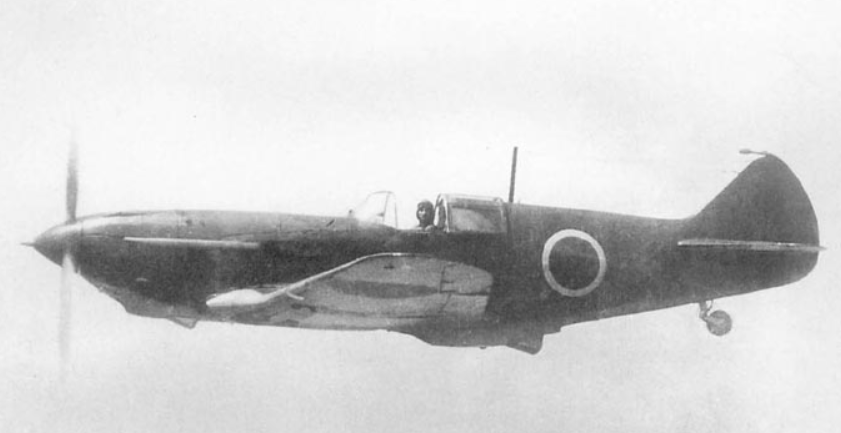
A Kachiwache Ka-103, a quite unknown Japanese fighter that was developed in the 1940s and was tested by the Imperial Japanese Air Service. In the end it was deemed too weakly armed and was discarded.
Last edited:
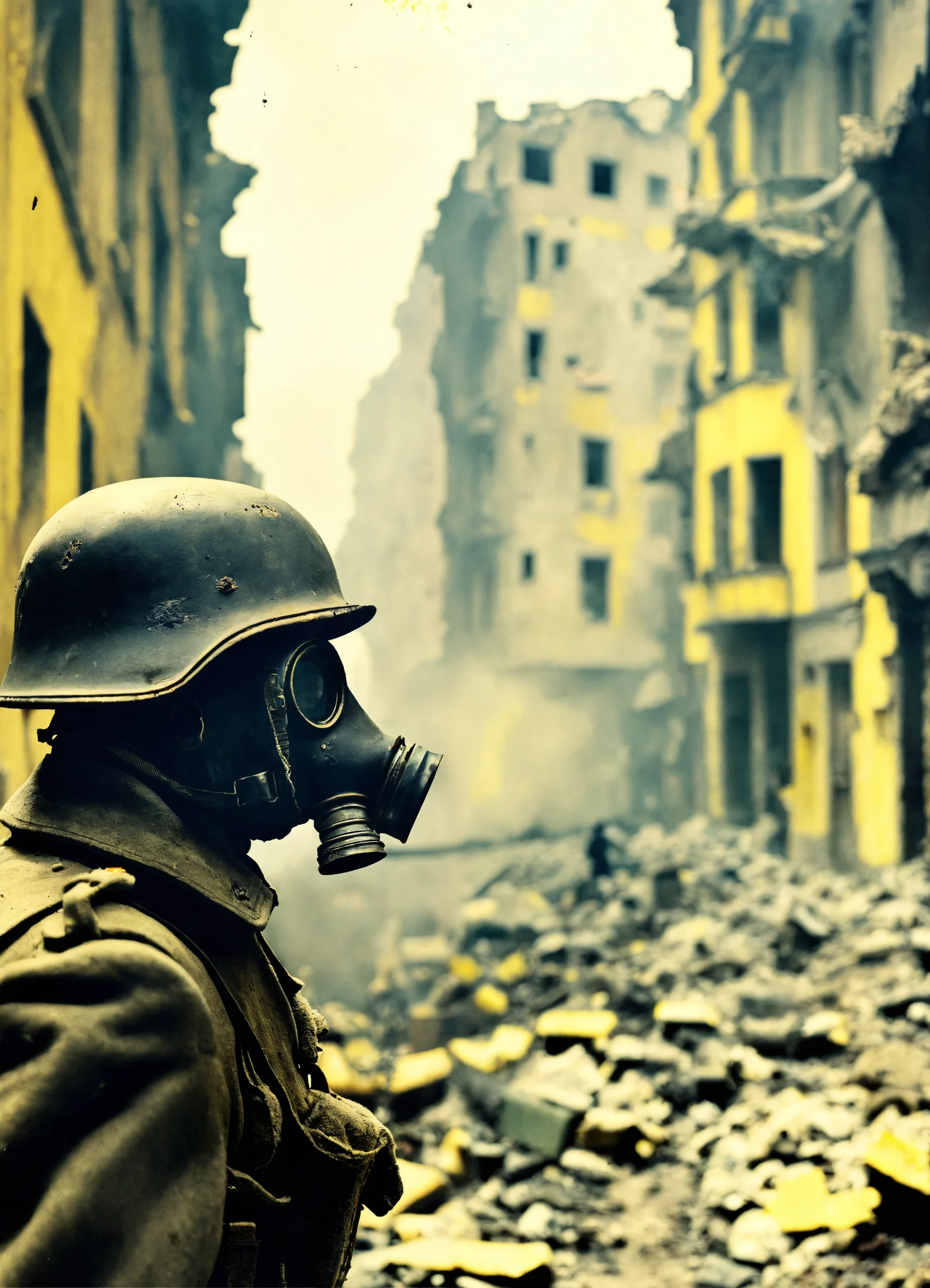
German soldier in the outskirts of Moscow, circa 1947
The sheer size and destruction of Moscow worked to both sides advantage and disadvantage. There were many places to hide for the Moscow Remnants. Collapsed buildings, the sewer system, and the extensive, interconnected bomb and metro system of Moscow provided ample places for the Moscow Remnants to hide. However, the scale of the tunnel system and the multitude of entrances meant that it was easy for the Reichspakt to gain entry, as the Moscow Remnants couldn't possibly guard every entrance. The same would work against the Germans too. With the campaign in Russia far from being over as the famous Black Baron Pyotr Wrangel continued the fight against the Germans, manpower was scarse for a relative annoyance like the Moscow Remnants. Reichspakt forces couldn't cover every building, and the built in redundancy of the Moscow Tunnels paid in full.
After an attempt at storming the metro headquarters of the Black Battalion led by German war hero Otto Skorzany failed with massive casualties, the Germans attempted to gas the Russians out, pumping massive quantities of nerve gas and other chemical gases into the tunnel network. The plan worked, although it was offset by the numerous egresses and the use of gas masks among the Russians, though the lack of a constant supply of filters took their toll. Interestingly, the almost constant outflow of gas from ruins in Moscow gave it a hellish image for any foreign journalist allowed into what was once the capital of Russia. Unfortunately, these almost cinematic images came at a horrific cost to the many, many Russian refugees who had remained in the tunnel in spite of the battle and subsequent nuclear bombing and food shortages. It is believed that 10,000 Moscow civilians died due to gas attacks in the tunnels alone.
In the end the remaining Moscow Remnants, including the Black Battalion, would either starve or surrender to the Germans, their resistance only resulting in more suffering for their countrymen. Most of the tunnel system would be left to rot, as the financially broke Reichspakt prioritized itself over its former foes during the long reconstruction era. Well into the 1980s bodies would continue to be uncovered in basements, and exploring the tunnel system became a favorite pastime for many a Muscovite child and tourist, despite being officially banned by the deeply corrupt Moscuvy government.

An SPAC NC-600 of the French Commune captured and used by an Australian light bomber Squadron during the pacification of Indonesia. At least 30 of those light bombers were used by the RAAF until 1949. Their crews considered it a nimble and capable plane and very useful as a dive bomber.

The Howa type 15 battle rifle was the standard issue for the Japanese military from 1955 onwards In 1947, the newly formed defense ministry,(at that time) planned to develop domestic rifles as successors to the 7.7 mm rifle type 4 and Type 99 rifles, which were provided and used by the military and started research on new rifles at the Technical Research Headquarters.prior to the start of development, the Operations Research Team of the Ground Staff Department studied 4,000 suitable battlefields nationwide, investigated the distance of the outlook line, and calculated the required effective range of rifles that the army should seek.. In addition, in the development, based on the lessons that the Japanese army suffered from the enemy's automatic rifles, M1 grand, M1 Carbine, M14, BAR, as well as the Russia's SKS carbine and bohemian, ZB26 light engine used in the second Sino-Japanese War. Was bought the guns and used it as a reference it was exported to the Ottoman Empire for trial as a replacement for its bolt action rifles however the German g3 won the bed it was, however, successfully exported to the Philippines, where it was manufactured under license by Arms Corporation of the Philippines (Armscor) as the M58 rifle one of the weirder cases it was selected by the union of Centroamérica as the standard issue rifle for the central American peoples army
Last edited:
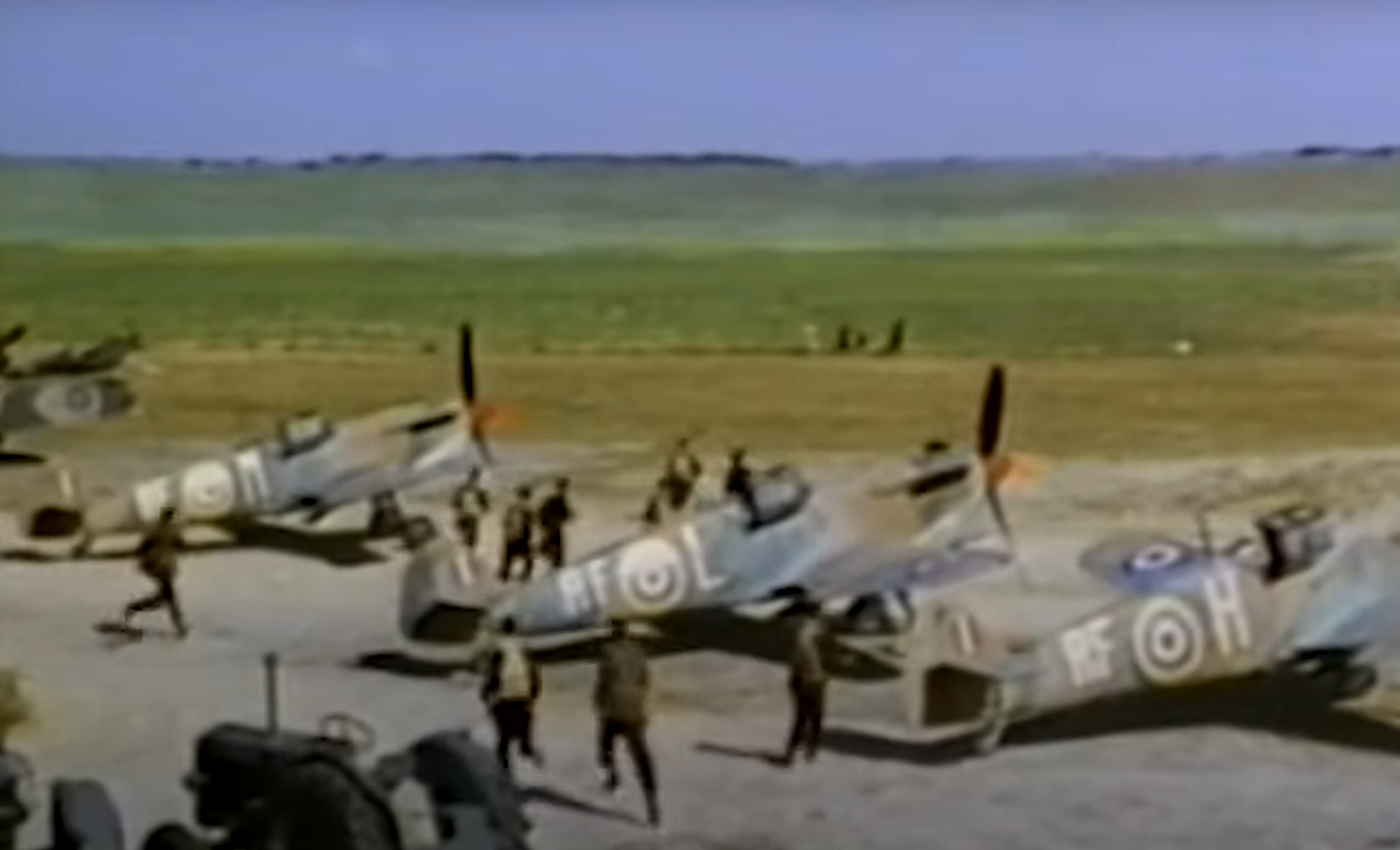
Boston Paul Conqueror figthers used by the RCAF ready to take off for an exercise during the early states of the Second American Civil War.

An odd bird: the Alberca F-44, one of the most successful fighters ever built by Portugal with English help. The engines were Rolls Royce built under license by the locals, and they gave some troubles until British engineers reached Portugal. The fighter flew for the first time in 1942 and was quite successful with the Portuguese Air Force and it was even adopted by the RAF as the Lighthing Mk I. It remained in service with Portugal until 1961 and with the RAF until 1953.
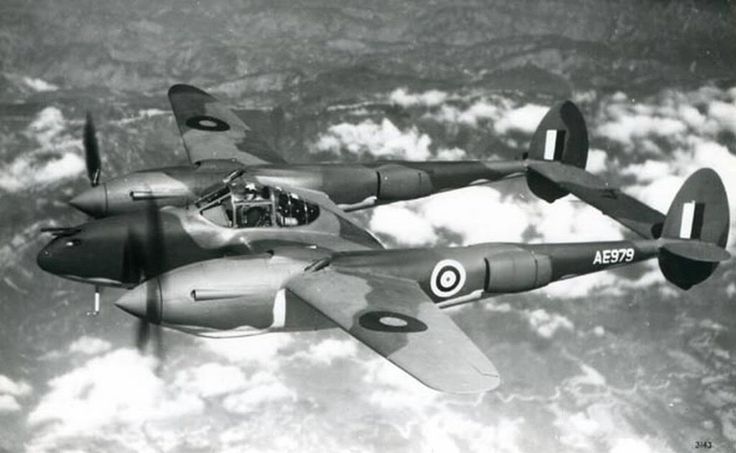
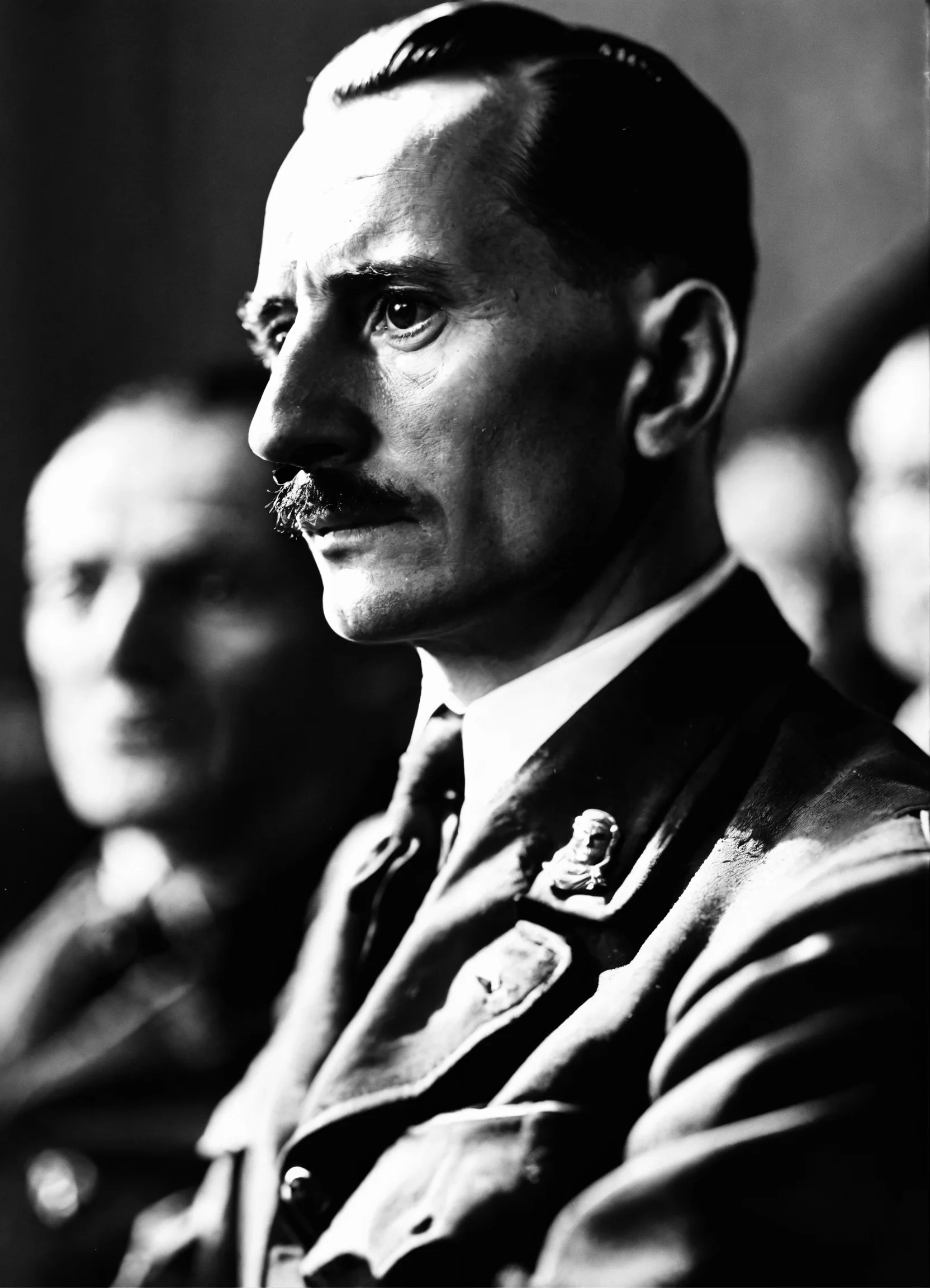
Former Dictator of the Union of Britain during the Oxford Trials, Summer 1947
Mosley's capture was a media sensation from the very beginning. Mosley was the only head of government out of any of the countries in the Third Internationale to have survived the Second Weltkrieg. His face was plastered on every newspaper and newsreel from Seattle to Sydney for about a week, especially as news of his planned escape via submarine to Indochina was revealed, fueling the 'exiled syndicalist in East Asia' trope that would be so common in media in the decades after. King Edward VII reportedly was 'elated' to hear of Mosley's capture.
By this point in time, Mosley's mental condition had decayed rapidly. The surrender of the last syndicalist holdouts in Cornwall had destroyed any illusions the once mighty dictator had about the 'final victory' he had so clinged to as the Third Internationale collapsed. He took to drinking and drug use, alternating between fits of mania where he blamed the people of Britain and his generals for failing the revolution and simply staring off into empty space. Indeed, it is widely believed that he was only captured due to his not making preparations for being recognized. When interned, his access to drugs and alcohol was cut off. While he suffered the mother of all hangovers afterwards, his mental condition slowly bettered to the point where he regained some sense of the charisma that had so enraptured Britain before the Second Weltkrieg.
Even as prosecutors brought forth witnesses to the numerous extrajudicial killings by Blackshirts in Britain and massacres in Ireland, Mosley verbally harassed witnesses and the courts authority as a whole, trying to turn the court into the trial of the century and as a way of rallying syndicalist partisans. In response, the prosecutors brought forth evidence of Mosley's extensive personal and systemic corruption. From having lavishly furnished country estates handed out to close associates and government ministers to drinking $20,000 (in exchange rate terms) wine bottles to stealing funds from all levels of government. All was laid on the table. It had the desired effect. Informants inside the syndicalist partisans indicated a sharp decline in morale among the troops. Mosley tried to justify his personal corruption to court through a waxing lyrical about how he did everything "for Britain". When the prosecution asked him how drinking $20,000 wine on the regular while Britons starved was for the good of Britain, he couldn't come up with an answer. Despite these attempts at breaking Mosley, he remained defiant, still trying to interrupt the proceedings and challenging the legitemacy of the court. Eventually, the prosecutors put him in a glass cage, able to hear the court taking place but not able put in verbal input, only speaking through his lawyer for the remainder of the trial.
When all the evidence was brought forth and all the questioning done, the decision was unanimous. For waging a war of aggression, undermining the peace and stability of the world, among numerous charges related to political killings and repression going back to the British Revolution, Oswald Mosley along with most high ranking officials in the Union of Britain, was sentenced to death by hanging. Mosley was defiant, struggling against the guards and proclaiming one last challenge to the courts authority before being physically removed. At his hanging, Mosley tried one last act of defiance, shouting, "We shall light a fire in Britain that the ages will not-". He was hanged halfway through his sentence, his head hitting the wooden floor below the gallow before choking to death for the next 10 minutes .
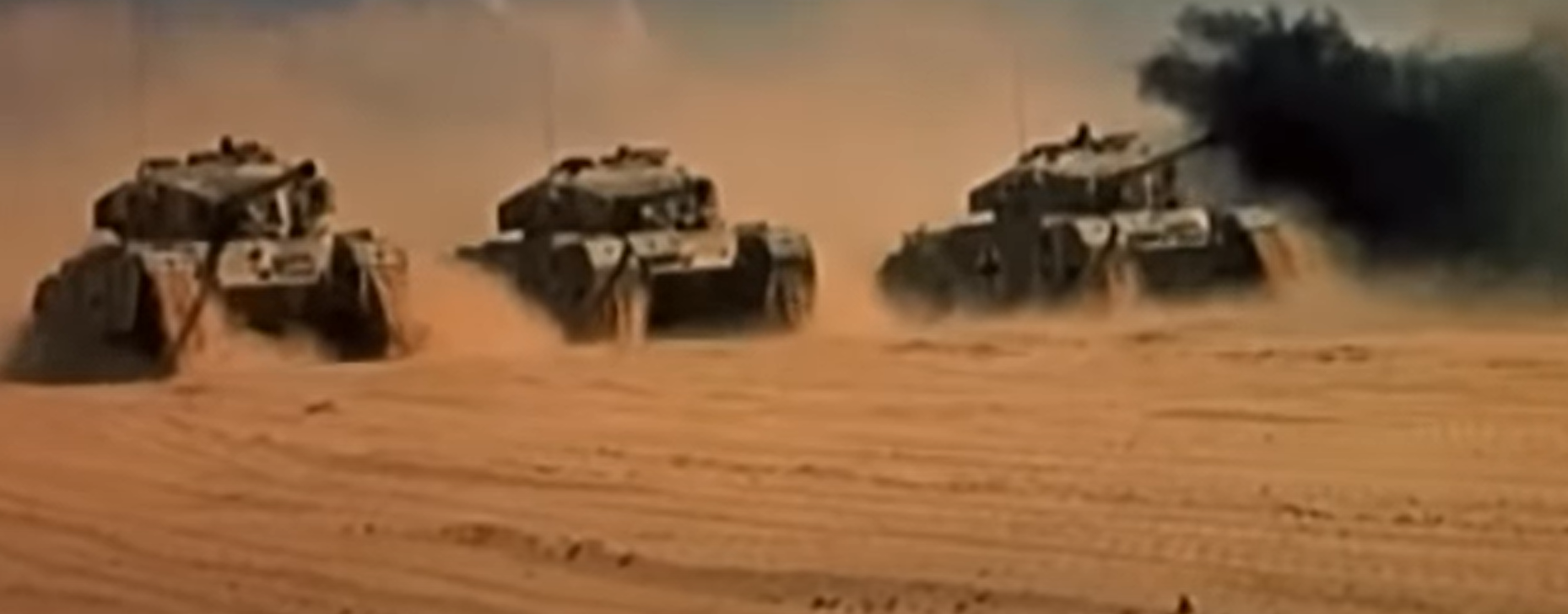
German Panzer XI in "The Sand Division", a propaganda film about the Yildirim (“lightning” or “blitz”) Army Group, an Ottoman-German armoured force.
Top: Grand Vizier Kemal Pasha and Marshall Fevzi Pasha observe troops in Thrace
Bottom: Ottoman motorized artillery units parading during maneuvers in Thrace
To the Bulgarians and Germans still, the threat was genuine and real. Bulgaria summoned its Ottoman ambassador for what must have been a tense conversation, and Germany scrambled to use its economic and military sway in the Sublime Porte. Kemal, whose wasn't committed to revanchism anyway, conceded to the pressure and made a public statement that the Ottoman Empire would respect the territorial integrity of its European neighbors so long as they respected theirs. As a gesture of goodwill to the Ottomans, the Germans also sped up the transfer of several artillery pieces ordered by the Sublime Porte.
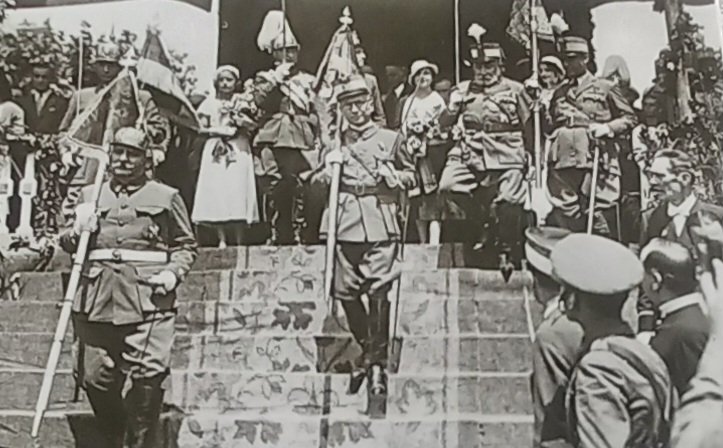
Officers of the Spanish garrison in Lisbon leave the Church of the Spirito Santo after the mass for the second anniversay of the conquest of the city in 1941.
Ukraine, circa September 1940
4th Russian Rosvguardia Mechanized Battalion in occupied Kharkiv
The Retreat to the West as it was coined owes itself to many factors. It was in no small part due to Marshal Mikhail Tukhachevsky, whose genius Deep Battle doctrine was on most full display in Ukraine. However important Russian actions may have been though, a fair amount of blame lies on the Ukrainian Peoples Republic. The revolt against the Hetman in 1936 had ended with Skoropadski fleeing to Germany and the Second Ukrainian Peoples Republic being established. The most immediate concern of the new UDRP-USDLP coalition was both industrializing Ukraine and enacting much needed land reform. To that end, funding was directed towards both efforts to the detriment of the military, which was kept on the back burner. Part of this owes to fears of a military coup for the first few years. Though the top officers in the Hetmanate had been replaced, many generals from the previous regime remained. And even though Germany made several concessions to the URP in regards to Mitteleuropa dominance in the Ukrainian economy in exchange for the URP re-entering, suspicion of the Abwehr sponsoring a coup to bring back the Hetman lingered. To the insecure leaders of the URP who had not completely consolidated their rule, that was something to fear. Even if the URP had wanted to modernize the military, it was under intense pressure from its own voter base to continue industrialization and land reform. It was only in 1939 when it finally became apparent that Russia fully intended to tear up Brest-Litovsk that Ukraine began its own hobbled mobilization efforts. By that point though, it was too little, too late.
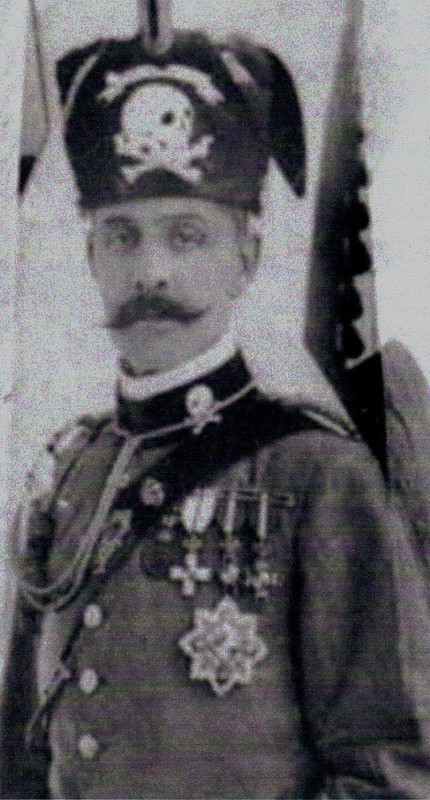
Here we can see Major Antonio Zuzuarregui Flórez-Varela in 1910. A few years later, in 1922, when he was a colonel in command of the Lancers of Sagunto Regiment, after the Battle of Annual and the assassination of Prime Minister Eduardo Dato , he supported the coup d'état led by General Miguel Primo de Rivera on 13th September 1923
Chen Jiongming and the creation of the American clique

As provisional chief executive of the united provinces of china Chen Jiongming had Near unlimited power, he mostly left the civilian administration in the hands of his Prime Minister Chen Qiyou meanwhile he assembled a cadre of American trained Chinese officers led by Sun Liren who he appointed as the Commander-in-Chief of the Army of the United Provinces of China. Chen Jiongming and the American clique Had three objectives for their plan, military reform one nationalization i.e. A non-politicize military, nor a. Army loyal to any particular political party or person. Two modernization build a modern military force three Americanization have the primary model for a modern military being based off of the military of the United States of America the two most contentious part of the reform plan was the Americanization and nationalization With the KMT affiliated Whampoa clique being most resistant to the contents of the American model as a basis for military modernization normally neutral on the nationalization issue most former beiyang officers often secretly opposed to the nationalization as well as Americanization often blocking changes in their assign military regions a proxy for the struggle within the military was represented in the uniform debate specially since Chen Jiongming wanted the uniform to look exactly like the American military uniform Open attempt to push through complete elimination of what is regarded as Chinese characteristics of the military uniform and other areas of the military
As provisional chief executive of the united provinces of china Chen Jiongming had Near unlimited power, he mostly left the civilian administration in the hands of his Prime Minister Chen Qiyou meanwhile he assembled a cadre of American trained Chinese officers led by Sun Liren who he appointed as the Commander-in-Chief of the Army of the United Provinces of China. Chen Jiongming and the American clique Had three objectives for their plan, military reform one nationalization i.e. A non-politicize military, nor a. Army loyal to any particular political party or person. Two modernization build a modern military force three Americanization have the primary model for a modern military being based off of the military of the United States of America the two most contentious part of the reform plan was the Americanization and nationalization With the KMT affiliated Whampoa clique being most resistant to the contents of the American model as a basis for military modernization normally neutral on the nationalization issue most former beiyang officers often secretly opposed to the nationalization as well as Americanization often blocking changes in their assign military regions a proxy for the struggle within the military was represented in the uniform debate specially since Chen Jiongming wanted the uniform to look exactly like the American military uniform Open attempt to push through complete elimination of what is regarded as Chinese characteristics of the military uniform and other areas of the military
Last edited:
Herbert Armstrong, citra 1970s
Herbert W Armstrong (1892 - 1972) was an American evangelist, politician and third President of the Second American Republic. Starting out as a little known Revivalist preacher he would join the National Democratic White League on the outset of the Second American Civil War. When William Simmons seized control of the Republic after ousting President William H Murray in a bloodless coup in 1938, Herbert Armstrong quickly began to rise through the ranks. When William Simmons died of stomach cancer in 1940 and the Invisible War began, Stephenson was the only man left unscathed. Hiram Evans was nearly killed by DC Stephenson, who was arrested after an anonymous tip led to the revelation of the kidnapping, rape and murder of Madge Oberholzer in 1925. General Patton, hero of the recently concluded Civil War, publicly refused offers to step in. With his enemies in jail, scared into submission or voluntarily stepping away from power, Armstrong was inaugerated in late 1940. This is considered the beginning of the Era of Good Graces. Armstrong's legacy in the Second American Republic remains inensely controversial.
[...]
Racial Policy
While not espousing particularly racist theories before joining the White Leagues, it was not long after joining that he began preaching about the Curse of Ham, that Noah's son Ham was cursed and that curse lived down through his son Cush, the ancestor of all Africans. This curse subjected all of Cush's descendants, those being Africans, to a lifetime of servitude. Armstrong used this as justificaiton for the passing of the Prison Labor Act of 1941, during his Re-Alignment Campaign. The Act, amongst other things, mandated harsh sentences for blacks violating the Jim Crow laws which he had also expanded across the country. The Act also changed the punishment for violations of Jim Crow from legnthy prison terms, to equally legnthy service in the Redemption Corps. The Redemption Corps was a pseudo prison draft that forced prisoners, almost all black, into manual labor. Critics at the time dismissed it as little more than enslavement with Dorothy Day, writing from exile in Lisbon, writing "the Negro situtation in America has seemingly regressed nearly a century". Armstrong, in a speech before Congress soon after the Act's passage, defended the Act in part by stating "the work the Negro does now will redeem him in God's eyes".
A Black Woman arrested for loitering in Joplin is pictured here, working on a potato farm in Kansas as part of the Redemption Corps
The Redistricting Acts, a series of acts and ordinances passed by cities and states, though never becoming Federal Law, also did much to disadvantage the blacks. They desegnated majority black neigborhoods as "Red Zones" and banned black people from leaving said zones without a white escort. The Compton Uprising, an early attempt to resist the implementation of a Red Zone in Compton, was used as jusification, painting the entire black community as a species of violent criminals. Those blacks who lived outside Red Zones had their houses seized by local governments and their residents evicted. Any resistance met with harsh reprisals and reports of lynchings skyrocketted. Armstrong, while never officially endorsing the Red Zones, never directed federal agencies to oppose them.
A Red Zone outside Daton, Ohio, 1944
Domestic Policy
In accordance with his other beliefs one of the first things Armstrong did in office was launch his Re-Alignment Campaign. The Campaign was a series of public initiives and laws to 'realiign the degenerate American sprit with God's word'. The Campaign started with the Armstrong Act, which officially and forever more declared Christianity the one and only official religion of the Republic and ending with the Bob Jones Act which re-instituted Prohibition. To enforce his new laws Armstrong rose the Knights of the Klu Klux Klan to a paramilitary organization and gave its Knight Riders all the authority of the law. However, Armstrong notably relied more on the New Klan rather than the Old Klan. Privately Armstrong detested the Old Klan, led by the Indiana Black Klan, the remnant of DC Stephenson's organization. Armstrong and the Black Klan would clash several times before Armstrong finally openly denounced the organization as terrorists after the 1972 World's Fair Bombing, leading to a protracted anti-geurilla campaign in the Great Lakes Region that led to their final annihilation by 1974.
A Government made poster about the GI Bill
Armstrong also tackled lawlessness and banditry that plagued the Republic west of the Mississippi with the problems getting worse the further from Washington you were. Reconstruction however was a long and arduous process. The formerly secessionist regions still had major geurilla movements that took years to uproot and, even though the last military districts would be abolished in 1968, there are still major secessionist movements in some more liberal areas like New England. The Chicago Trials, held from September of 1942 to July of 1945 would do much in the way of healing. The major leaders of the rebellious states, at least those who were captured, were all put to death. However everybody else who recieved guilty verdicts would only sever a few years in jail with the longest sentence being 21 years for former General Dwight Eisenhower. Despite that few would even serve out the entirety of their terms behind bars. Eisenhower would spent 6 years in Levanworth Prison before being released on house arrest for good behavior and be put on patrol after another 4 years would be free entirely.
To thank the troops for their service in the Civil War and the Mexican Campaign, the GI Bill was passed in October of 1949. Using money saved through budget cuts to the military Armstrong founded the Civil Advancement Administration. The CAA's sole purview was the furthring of the quality of life for all white men and women in the nation. They would do this by issuing grants to promising inventors, subsidizing job growth and distirbuting funds according to the GI Bill. The GI Bill, the first of Armstrong's National Rejuvination Reforms was ambitious. It promised every veteran of the Civil War and Mexican Campaign that the government would pay for the first four years of any tertiary level education they may puruse. Those who reitred from the military before January 1st, 1956 with the rank of Colonel and above would also recieve an addional $5,000.
Foreign Policy
Armstrong, despite leading the Second Republic to victory in the Civil War, was an ardent pacifist. He never relished in leading the Republic in wartime and his aides later reported he "was a new man" after the last rebel pockets surrendered at the end of the War. Instead he declared that the United States would no longer condone the use of violence as an extention of statecraft. While maintaining a healthy sized military it was strictly for national defense and its budget was nearly cut down to the bone. In fact the United States has not fought a war since the Mexican Campaign (1941 - 1943). This is the longest period of uninterrupted peace in US history. Instead Armstrong has fostered and built the United States a reputiation as a valued middle man in negotiations. Philidelphia has played host to many conferences, peace negotiations and world forums since the end of the Second Weltkrieg and foundation of the KdN. The US, while not a founding member of the Koalition due to Armstrong not trusting intergovernmental bodies, did eventually join the body in 1951. Since then the United States has enjoyed its reputation as a Switzerland of the West and used the funds diverted from the military to pay off its national debt, further White education and underwrite the GI Bill.
Herbert Armstrong recieving the World Peace Prize in 1964 (colorized by the Congressional Public History Committee)
Death
In 1970 Armstrong suddenly collapsed while giving a speech at West Point to that year's graduating class of cadets. He was rushed to the nearest hospital despite his weakened pleas against it. In the end doctors performed an emergency surgery to insert a stent into his heart. Armstrong protested vigorously but he was only woken after the stent was in place. Doctors however informed the President that he was suffering from congestive heart failure at any rate and didnt have much longer to live. President Armstrong went on with his daily activity however without takind the doctors strong advice for rest. He had four more heart attacks between June 13th, 1970 and his death. Then, on September 26th, 1972 Herbert W Armstrong had a massive heart attack in his sleep. He died en route to the hospital at the age of 72. When news of Armstrong's death broke whites across the Republic mourned the death of the Great Peacemaker. Meanwhile, secretly, blacks celebrated. His sucsessor, Jim Jones, was elected not long after on a wave of public support.
Share:

